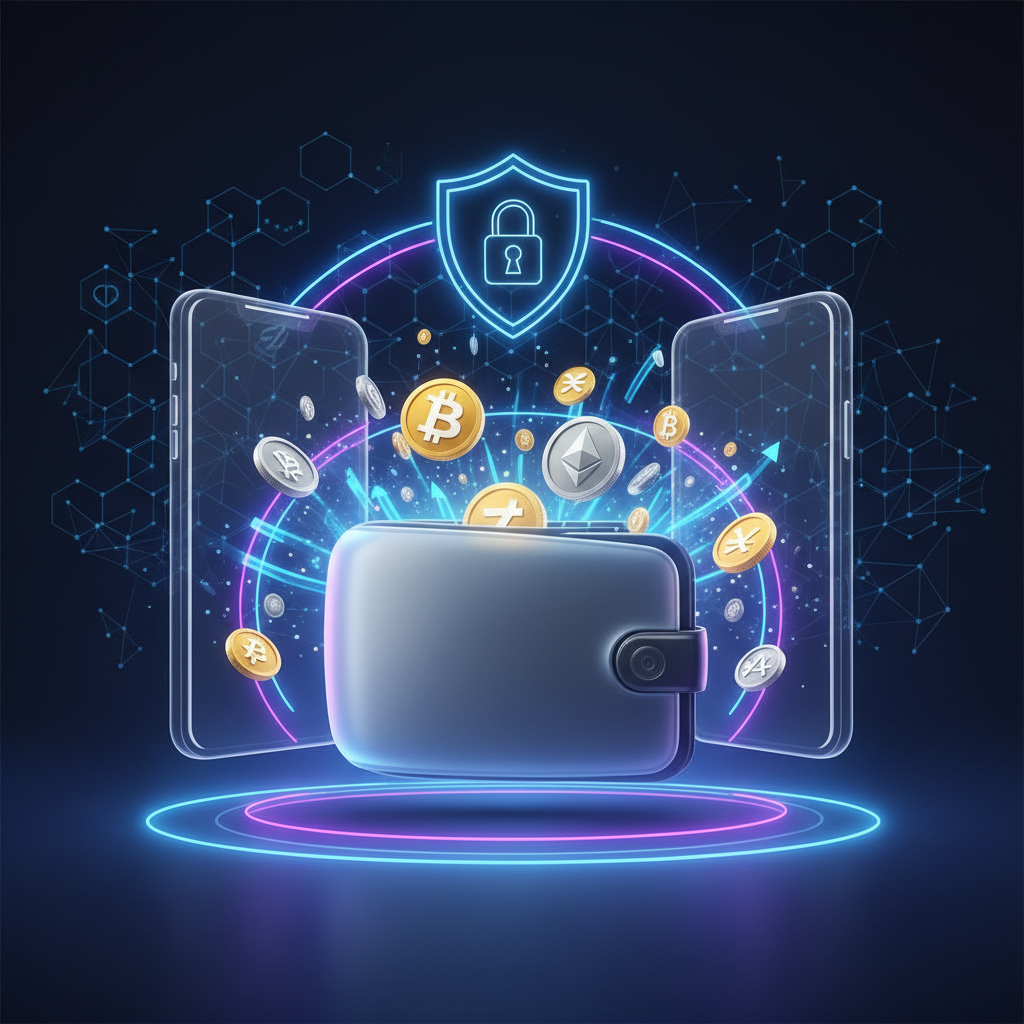Main types of portfolios
The cryptocurrency wallets They allow you to store and manage digital assets with different levels of security and accessibility.
It's essential to understand the different types to choose the option that best suits your needs and daily usage habits.
Hot wallets and their characteristics
The hot wallets They are always connected to the Internet, which facilitates quick and frequent transactions.
They are ideal for users who want immediate access to their cryptocurrencies, but their constant connection makes them vulnerable to cyberattacks.
Popular examples include mobile apps like MetaMask and web wallets like Coinbase, which combine ease of use with moderate risk.
Cold wallets and their security
The cold wallets They store private keys offline, providing superior security for long-term storage.
Because of their isolation, they are much less susceptible to hacking, although they are less practical for quickly accessing funds.
Devices like Ledger and Trezor excel in this category, offering robust solutions for secure cryptocurrency storage.
Other varieties of wallets
In addition to hot and cold wallets, there are other cryptocurrency storage options that suit different needs.
Knowing these varieties helps you select the wallet that best combines security and accessibility based on each user's habits.
Software wallets
The software wallets They can be desktop, mobile or web-based applications, offering flexibility to manage digital assets.
Your security depends on device and app protection, so it's vital to keep your software up-to-date and protected against threats.
They allow quick access, but because they are connected to the Internet, they present a greater risk of cyberattacks.
Paper wallets
The paper wallets They store private keys on physical media, such as printed documents, which disconnects them from the Internet and improves their security.
They are an economical and safe option if stored in protected locations, but their major weakness is the possibility of loss or physical damage.
This method is ideal for long-term storage, provided precautions are taken to protect the paper from fire or moisture.
Brain wallets
The brain wallets They store the seed phrase exclusively in the user's memory, making physical support unnecessary.
If the phrase is remembered correctly, this solution is very secure and resistant to physical or electronic theft.
However, human memory is vulnerable, and forgetting the phrase can mean the irretrievable loss of digital assets.
Basic measures to protect cryptocurrencies
The cryptocurrency protection Start with fundamental practices that ensure the security of your digital assets against physical and digital threats.
Knowing and applying these basic measures helps maintain control and prevent losses due to theft, damage, or human error.
Physical security and key management
The physical security It is vital for cold and paper wallets, which require storage in secure locations protected from theft or damage.
Private keys and seed phrases should be kept in secure locations, such as safes, avoiding any public or digital exposure.
Never share or store this information on internet-connected devices to reduce the risk of unauthorized access.
Update and authentication
Keeping your wallet software up to date is essential to address vulnerabilities that can be exploited by attackers.
Enable the two-factor authentication (2FA) adds an extra layer of security, making unauthorized access difficult even if the password is compromised.
These basic practices significantly increase the protection of your funds against common cyber threats.
Advanced security strategies
To effectively protect your cryptocurrencies, it's key to implement strategies that combine multiple layers of security.
Diversification and active prevention help reduce risks and protect access to your digital assets from unforeseen events.
Portfolio diversification
A recommended strategy is to distribute your cryptocurrencies across different wallets based on their use and security level.
For example, use a hot wallet for daily transactions and a cold wallet for long-term storage, balancing accessibility and protection.
This diversification minimizes the impact of potential attacks or losses by not concentrating all funds in one place.
General tips to avoid losses
Using strong, unique passwords is essential to prevent unauthorized access to your wallets.
Additionally, making regular backups of private keys or seed phrases ensures recovery from failures or loss.
Enabling two-factor authentication and keeping your software up-to-date are essential practices for strengthening security.






